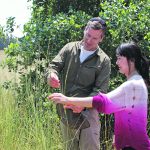Plant scientists are focused on exploiting wild cereal relatives to find genetic traits that could be useful in domestic crops
Wheat stem rust was once one of the most devastating cereal diseases in Canada. First recorded in Western Canada in 1891, it became a major epidemic in 1916. Successful plant breeding for stem rust resistance has kept the fungus at bay in recent times, but outbreaks are flaring up in Australia, South Africa and Uganda […] Read moreStories by Margaret Evans
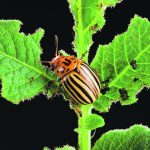
When injured, plants see-saw between repair and regeneration
Retuning balance between the two improves regeneration for biotech, conservation and propagation of food crops
Plants are constantly at risk of being injured. Their leaves may be chewed by caterpillars and rabbits, or their roots are attacked by grubs and fungi. Plants face a daily dilemma; they can repair the damage and regenerate or defend themselves against further attack. Now, researchers at New York University have discovered the foundation of […] Read more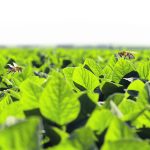
How bees boost soybean yields
Soybeans are considered self-pollinating plants that rely little on pollinators. Even so, bees contribute to their pollination and yield potential. Researchers at North Carolina State University have discovered that soybean crops planted close to pollinator habitat produce larger soybeans than those planted farther from pollinator regions. Pollinator habitat refers to areas managed to promote nectar, […] Read more
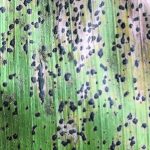
Producers warned to watch for corn tar spot fungus
Corn tar spot fungus is proving to be a growing threat to corn producers in Canada and the United States. The fungus was first detected in Mexico in 1904, spread throughout Central and South America then made its way into Illinois and Indiana in 2015. It spread across the U.S. corn-growing region and arrived in […] Read more
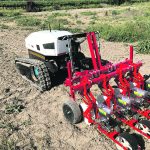
Weighing the risks of autonomous agriculture
AI offers great promise for efficient food production but more work needs to be done before it can be left unsupervised
Imagine fields of wheat, corn or soybean extending to the horizon. Smart equipment — tractors and combines — till, plant, fertilize, monitor and harvest the fields. Using cutting-edge artificial intelligence, they do the work and save farmers countless hours of labour. The equipment responds to the weather and calculates the exact needs of each crop. […] Read more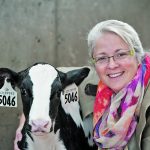
Research shows young dairy calves like to have company
A recent study challenges the practice of housing calves individually to limit the spread of disease and improve health
Housing pre-weaned calves individually has been a tradition among many dairy farmers in Canada, the United States and Europe but the practice has come under scrutiny recently. A recent study by researchers at the University of British Columbia looked at how motivated very young calves are to seek social contact. “In North America, individual housing […] Read more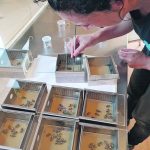
Honeybees social distance for protection
One of the imperatives is to maintain a healthy environment in the core occupied by young bees, nurses and the queen
Researchers at the University College London in the United Kingdom and the University of Sassari in Italy have found that honeybees developed social distancing practices during their behavioural evolution. It was used as a way to modify the use of space and interactions between young and old bees when the hive is threatened by harmful […] Read more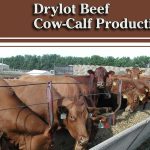
Research compares drylots to grazing
Not all farmers own enough land to graze their cattle, which leads to the need to rent pasture. But as land availability shrinks and rental costs rise, some farmers are seeking other options. These could come in the form of drylots. At the University of Illinois, new research by animal scientists has evaluated the approach […] Read more

Scientists solve mystery of grass leaf formation
Simple modulations of growth rules, based on a common pattern of gene activities, create a wide diversity of leaf shapes
Few plants are as resilient or grow back so quickly after being cut by mowers or chewed by animals as grass. Now, evidence shows the actual shape of the grass leaf sets the stage for its abundant and repetitive growth. The precise shape of the leaf has been a long-standing debate among plant scientists. However, […] Read more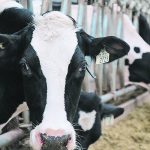
Artificial intelligence identifies coat patterns
Managing milk cows includes monitoring individual animals with the use of ear tags and collecting data. Now, scientists in the Netherlands at the University of Groningen and the University of Wageningen have developed a method that can recognize Holstein cows in a milking barn by the pattern of their coats. The goal is to use […] Read more

